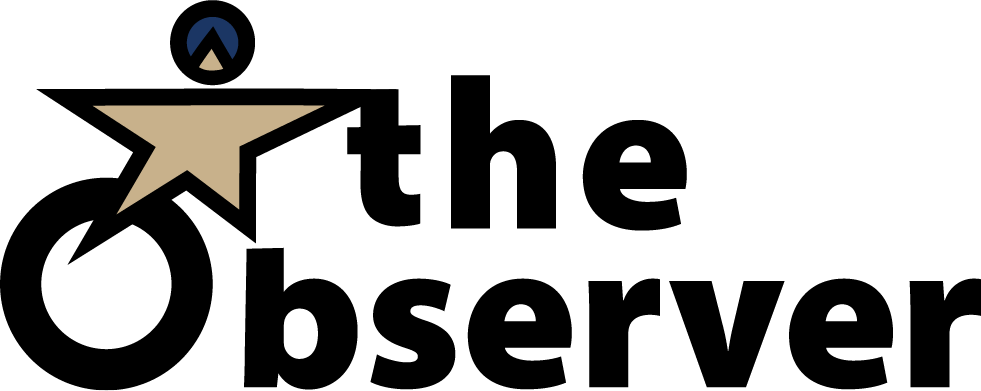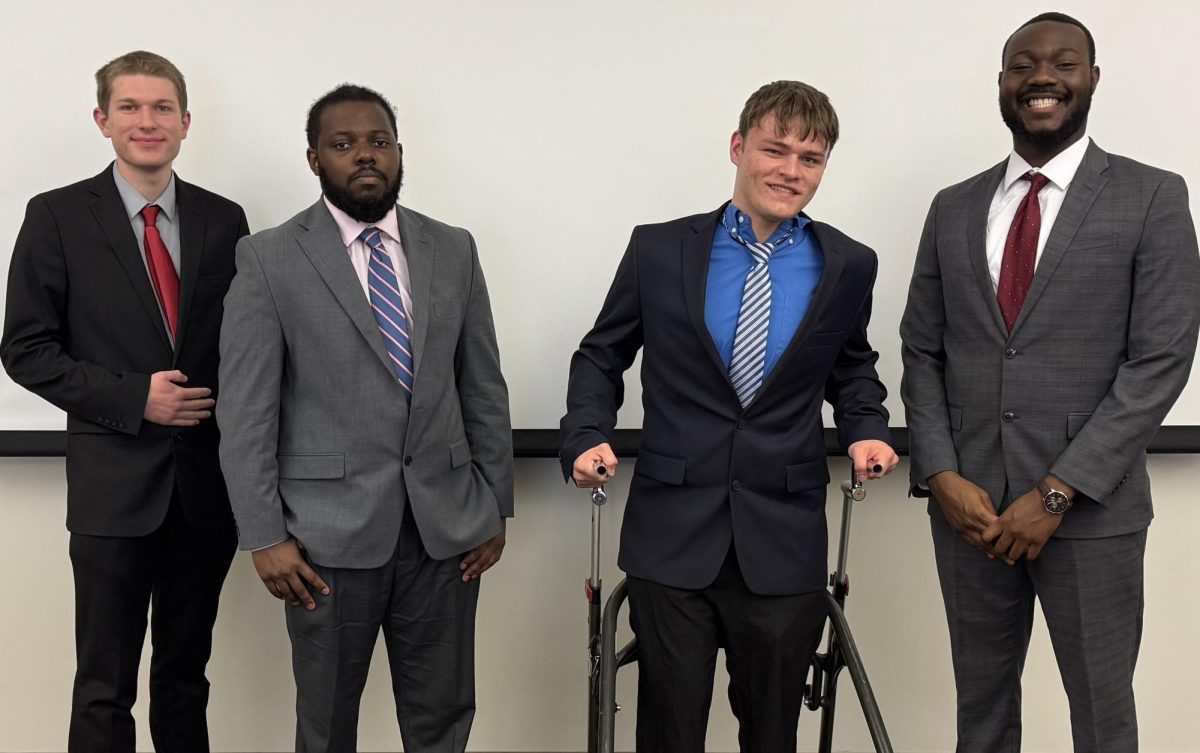It is not difficult to find indications of hard economic times on the UIS campus. “Everybody has taken a hit,” said Aaron Shures, Associate Provost and Director of Budget and Financial Analysis. Some offices are sparsely staffed, and there is a longer maintenance backlog with less frequent service.
“With the falling state support, we’re so much more responsible for our own revenue stream,” he said. Which means staff cuts, frozen or modest annual salary increases, and a struggle within each department to acquire new educational resources.
Money from Illinois funds g o into the university’s general operating budget. The money is spent on staff and faculty salaries, academic programs, student affairs, maintenance, and more. Housing, food service, grants and contracts are paid for by other means.
In the latter half of the 1990s and in the early 2000s, approximately three-fourths of the operating budget was supplied through state funding. The estimate for 2013 puts it at 37.1 percent. “This represents a direct appropriation that is less than it was in fiscal year 1987,” said Lynn Pardie, Vice Chancellor for Academic Affairs and Provost, while addressing the Campus Senate. “And, if it’s adjusted for inflation, that’s below the 1966 [appropriation].”
The university has to make up the difference in order to fully fund the operating budget, so every year that state support decreases means UIS must find more money through a combination of cost-cutting measures and tuition increases. “It has certainly made public higher education more expensive for students and families,” said Shures. “The Springfield campus, and universities in general, is very aware of the incredible sticker price increase, but it has just been unavoidable.”
The “sticker shock” is made worse by the four-year tuition guarantee. While this guarantee allows students and families to plan for a consistent tuition bill, it also means that increases in operating costs due to inflation and other factors must be built into the upfront costs of the student’s first year.
UIS’ situation is not unique, Shures said. All Illinois schools and public institutions across the country are being forced to operate with fewer state appropriations. Some states, such as California, have seen even more drastic and rapid reductions in state funding compared to Illinois, but the cause is generally the same.
The Illinois government’s commitment to higher education has not decreased. The problem is the increased strain caused by other areas of the budget, most notably health care. “Other areas of the state budget have grown so rapidly,” said Shures, that they have started “eating up so much of the budget.”
Addressing the Campus Senate, Pardie said, “The University of Illinois as a whole has been told to prepare for a possible 40 percent increase in pension and health care costs, which will represent an enormous additional pressure on the budget.”
Shures wants to be clear that, “We are now playing on a whole different field. We’re always looking for ways to do things better with less money.” UIS has recently hired more part-time instructors to teach classes. Although Shures acknowledges this is a “smart business maneuver” that avoids the hiring commitment made to tenure-track faculty, he does not necessarily see it as a trend for UIS. Utilizing non-contractual instructors and part-time faculty is an inevitable cost-cutting measure, but the number of instructorships at UIS is still lower than that of peer institutions, according to Shures.
The university has begun keeping track of “instructional resource metrics” to measure such things as how many students a faculty member teaches each term. If the load is high enough, then a departmental dean may be able to justify a new faculty hire, but only after it can be demonstrated that the money spent on salary and benefits will come back in tuition and enrollment.
“That’s the worst part,” Shures said, “having to hook those two things together.” Higher education has historically focused on, “What is best academically for these students in this program. But, unfortunately, now the external funding is drying up.”
Pardie is looking for ways to meet the needs of prospective and current students by forming an ad hoc steering committee to collect data from occupational outlooks, ideas from faculty, and inquiries from students. The goal is to anticipate the majors students will be looking for. “We know that we have many prospective students that contact us who are looking for particular majors,” she said while addressing the Campus Senate. “If we don’t offer them, they’re not going to entertain us as a possibility.”
“This has been a story we’ve been telling for a long time,” said Shures. The ways in which the campus administration reacts – by cutting costs where it can and adapting to the needs and desires of students – will maintain educational quality without exorbitant price increases.






